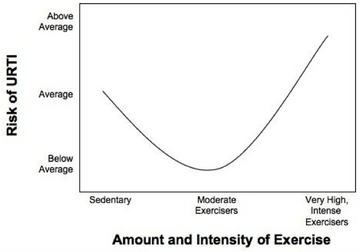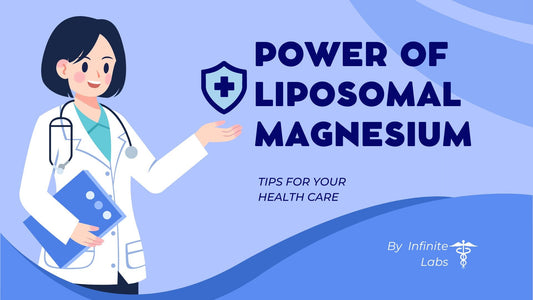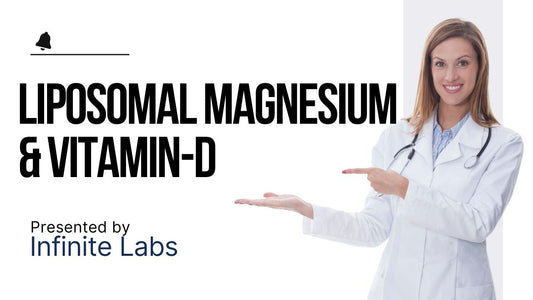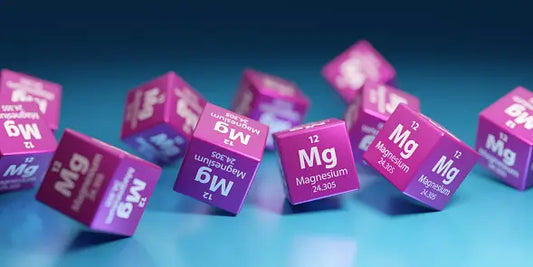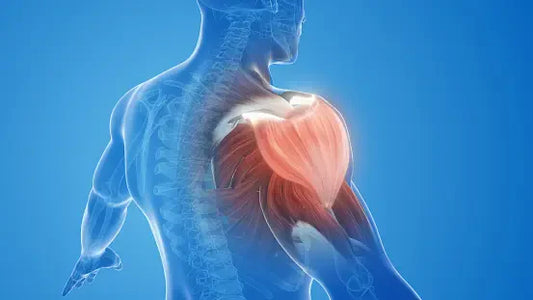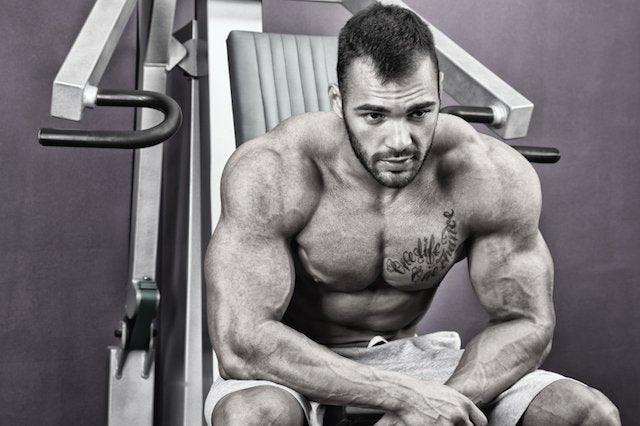

Muscle Soreness Not Necessary for Muscle Growth Backed by Research
Table of Contents
| Muscle Soreness Not Necessary for Muscle Growth Backed by Research |
by: Robbie Durand
Most men and women think they have to be sore to feel like they had a good workout. Being sore is indicative of a muscle inflammatory response to exercise. In order to grow, satellite cells (dormant precursor muscle cells that repair injured muscle) mediate the hypertrophic process. Inflammation is thought to play a role in the muscle growth process. A study put two groups of people—trained and untrained athletes—through an eight-week eccentric-overload program. Researchers measured markers of muscle soreness and inflammation, and also took a muscle biopsy from the subjects’ legs. At the end of the study, the untrained group had initial symptoms of muscle soreness, while the group that was trained did not. Interestingly, both groups had similar increases in IGF-1 expression in muscle and also had similar increases in muscle hypertrophy. Also, the increases in muscle strength, hypertrophy, and IGF-1 expression in muscle were found to occur independently of blood levels of markers of muscle damage (i.e., creatine kinase) or muscle soreness. Don’t feel you haven’t worked hard enough just because you’re not sore. The moral of the story: Muscle soreness is a poor indicator of muscle damage. Trained athletes develop protective mechanisms in the muscle to prevent further damage, called the “repeated bout effect.” So don’t feel you haven’t worked hard enough just because you’re not sore.
Schoenfeld BJ. (2012). Does exercise-induced muscle damage play a role in skeletal muscle hypertrophy? Journal of Strength and Conditioning Research, 26, 1441-1453
MUSCLE MEDIA MAGAZINE FOR MEN
The premier source of training, nutrition, supplements, fat loss and health for men.



